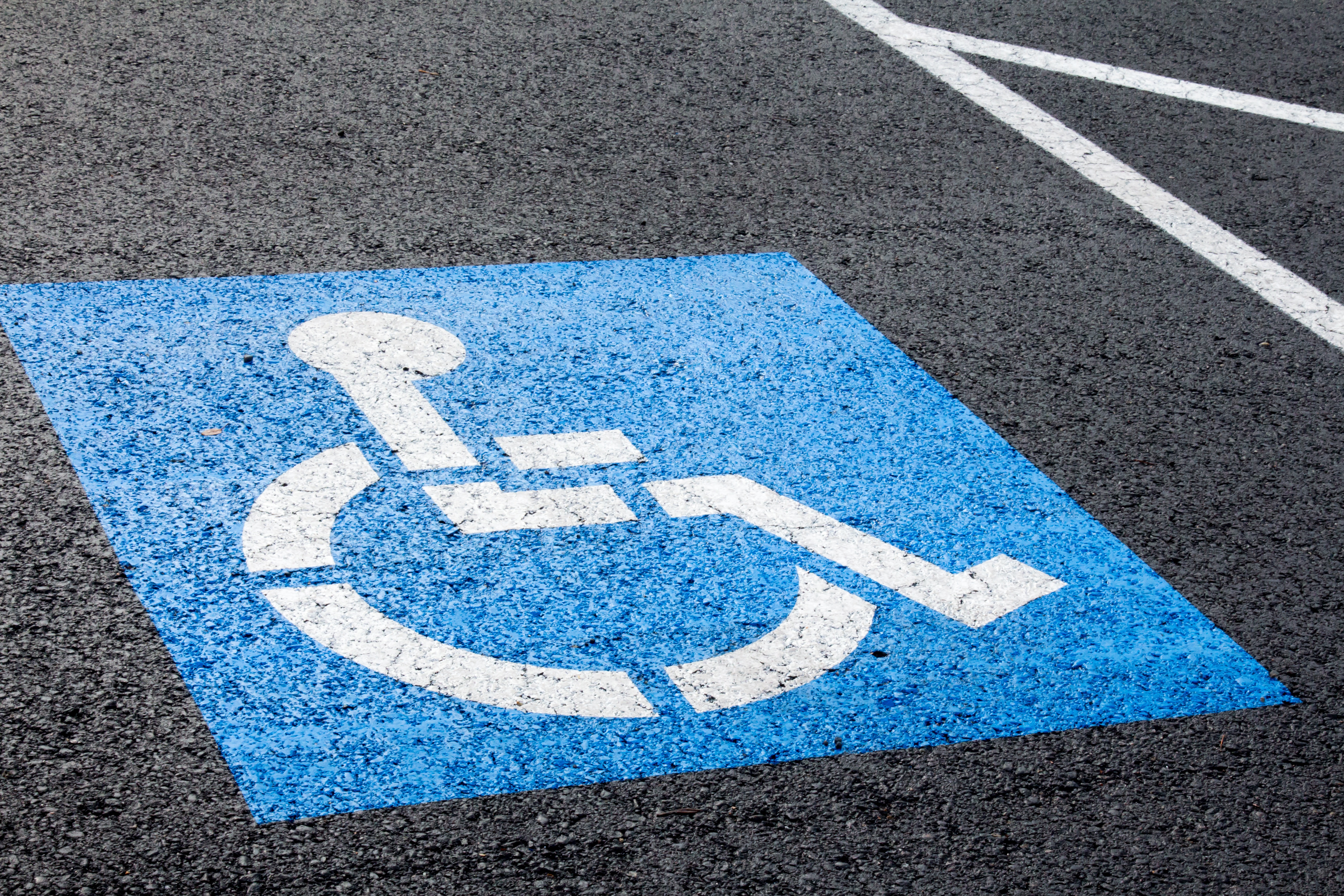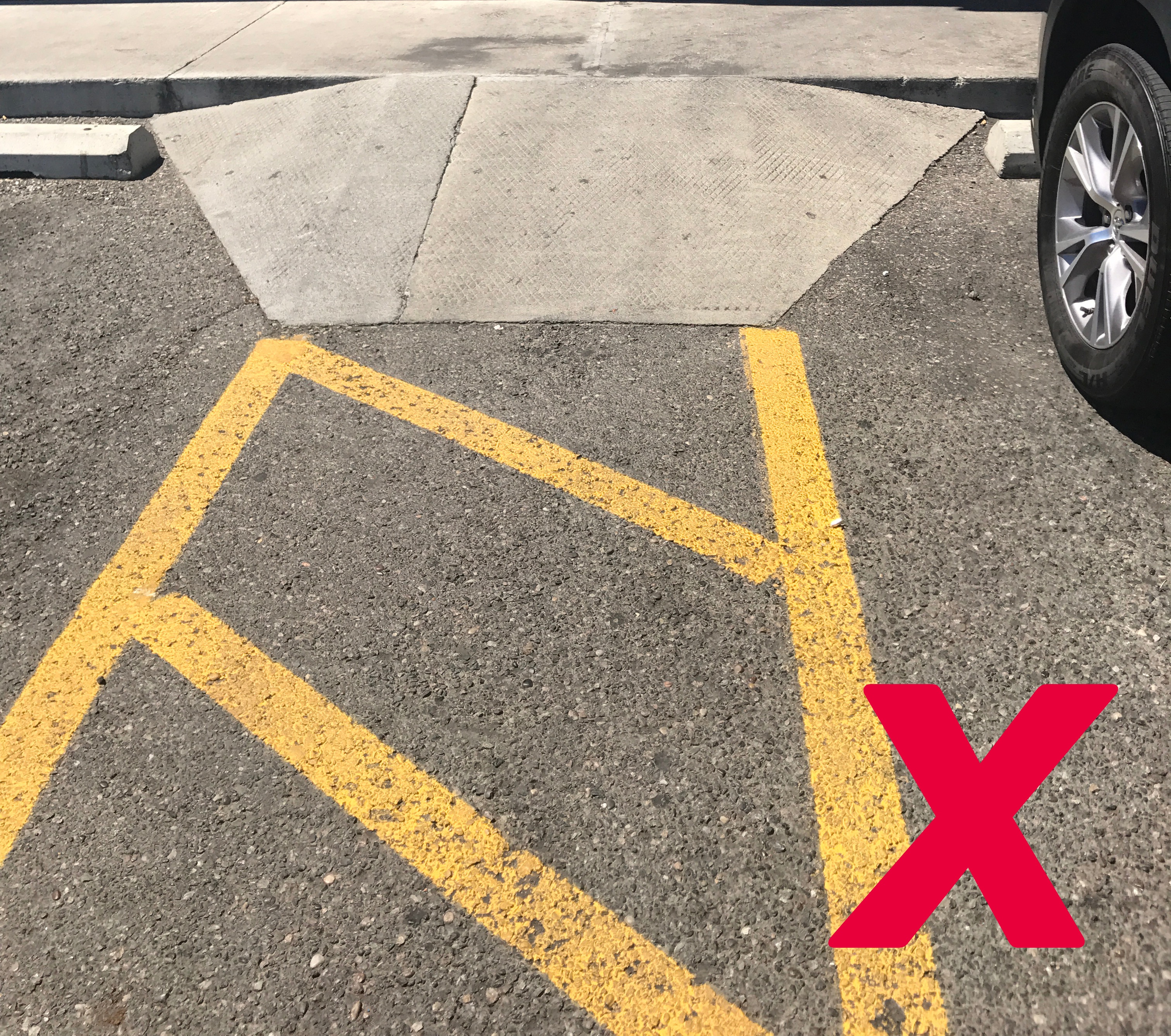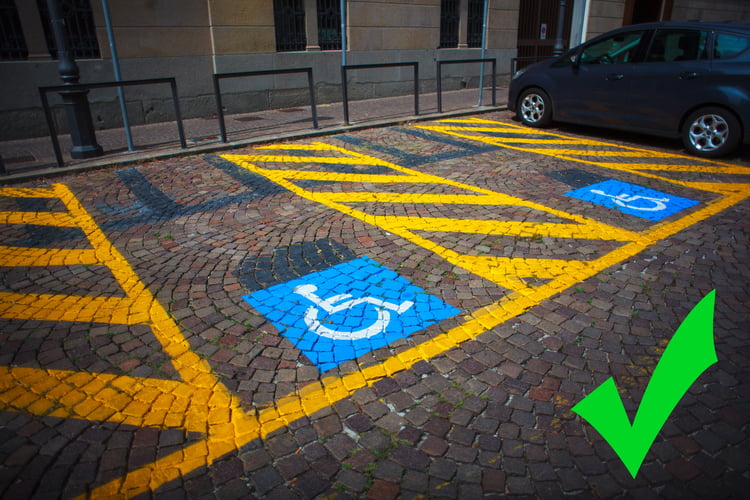 Regulations included in the 2010 ADA Standards for Accessible Design outline minimum accessibility requirements for parking lots in public recreation facilities. Though, all too often, when inspecting existing recreation facilities we come across some common ADA parking stall design problems that can significantly impact ease of use and inclusiveness for all users.
Regulations included in the 2010 ADA Standards for Accessible Design outline minimum accessibility requirements for parking lots in public recreation facilities. Though, all too often, when inspecting existing recreation facilities we come across some common ADA parking stall design problems that can significantly impact ease of use and inclusiveness for all users.
Most of the following issues are easily remedied and should be considered when creating your ADA compliance checklist:
Accessible Space: Finding the right location for safe, accessible, easily constructed access is key. On some sites, finding enough flat areas to accommodate ADA stalls can be a challenge and leveling the site can have negative impacts on your natural resources. Remember: you can’t exceed 2% cross slope in any direction, so the flatter the better!
Ramps and Landings: It’s important to not cut corners with your parking ramps and landings. I have witnessed many ADA parking ramp improvements that have been added with good intentions, but in reality don’t meet code and make for unsafe conditions. Getting the right widths, slopes, and installing warning strips at the correct locations will ensure that the user doesn’t experience tipping or slippery surfaces, and correctly notifies the user that they are entering traffic zones. Using a smart level is a simple and cost-effective way to check the existing slopes to gain a better understanding of what might need to be modified.

Number of Parking Spaces: One of the most common mistakes we see designers make is evaluating the number of parking spaces needed along with anticipated growth. A good place to start is the United States Access Board Standards. Don’t forget your van accessible spaces!
Paint Striping: Not only do the stalls need to have the correct ADA symbol placed in them, the access aisle needs to be adequately sized and striped for both vans and passenger cars. Van stalls need wider access aisles and in some cases it makes sense to combine the the stalls to take advantage of this space, rather than having separate aisles for van and car access.

Signage: ADA parking stalls need to be signed for both van and passenger cars. While this seems like a simple design element, placing the signage in unsafe locations or that inhibit circulation can be problematic. While there are specific standards for sign location, a good rule of thumb is do not put them in your walk ways, leave clear zones around them for access, and set them at appropriate heights to ensure the user doesn’t walk into them or cars drive over them.
These are some of the many factors to consider when assessing parking design in your recreation facility. Remember to review current DOJ ADA Standards when creating your ADA compliant checklist and you’ll be on your way to a successfully executed ADA-friendly parking design.
 Photo credit: Adobe/karagrubis; Adobe/bepsphoto
Photo credit: Adobe/karagrubis; Adobe/bepsphoto
Leave us a comment below